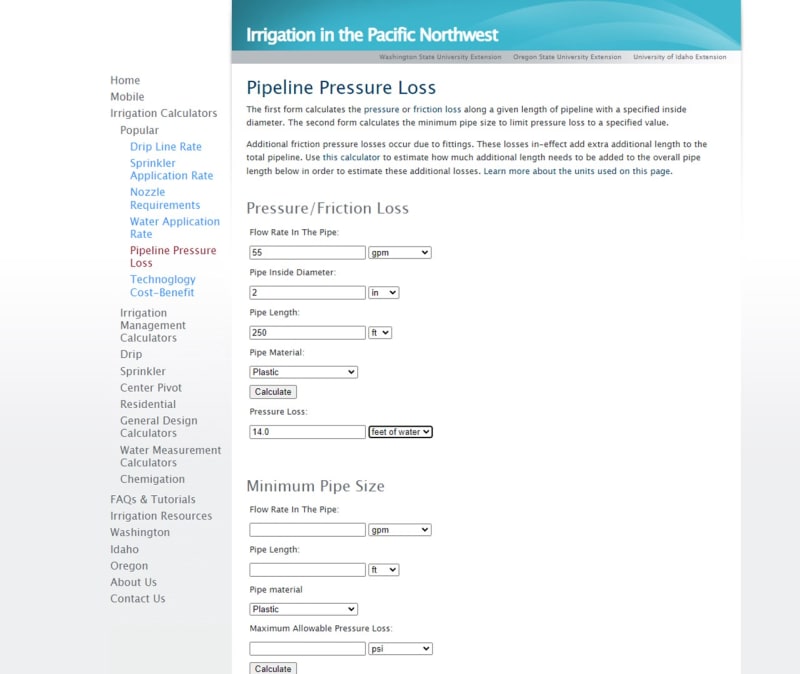thread194-343587
I'm working in a swimming pool construction company as a mechanical engineer.
Actually I'm not clear about how the head-flow curve mentioned for a pump.. The pump is coming with a standard connection of 2" or 3" likewise. so I think the head loss curve only means for the connection pipes ( ie, for 3" connection pumps, the head loss curve is for 3" pipe only). if we are using another pipes, we can't consider the head-flow curve ( ie, for example if using 2" pipes for 3" connection pipes).
Normally I'm using different sized pipes in a system, but how can I consider the head-flow curve for sizing a pump?
I'm working in a swimming pool construction company as a mechanical engineer.
Actually I'm not clear about how the head-flow curve mentioned for a pump.. The pump is coming with a standard connection of 2" or 3" likewise. so I think the head loss curve only means for the connection pipes ( ie, for 3" connection pumps, the head loss curve is for 3" pipe only). if we are using another pipes, we can't consider the head-flow curve ( ie, for example if using 2" pipes for 3" connection pipes).
Normally I'm using different sized pipes in a system, but how can I consider the head-flow curve for sizing a pump?

